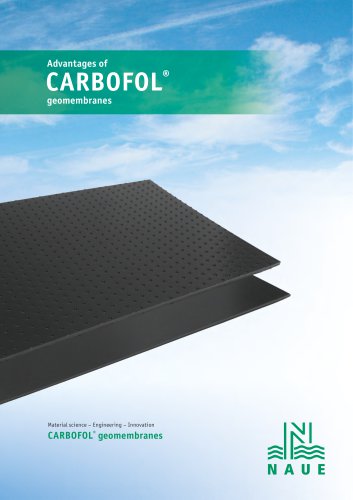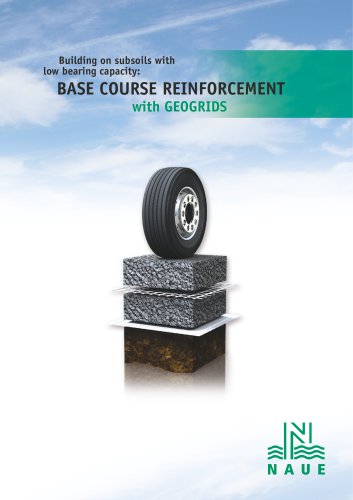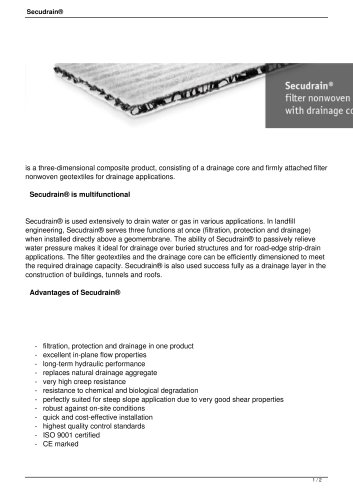
Catalog excerpts
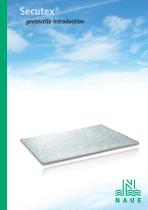
geotextile introduction
Open the catalog to page 1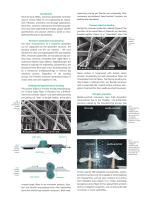
Introduction Since the early 1960's, nonwoven geotextiles have been used in various fields of civil engineering for separation, filtration, protection and drainage applications. Since then, numerous national and international guidelines have been published that enable project-specific specifications and product selection, based on established performance requirements. Nonwoven geotextile manufacturing The basic characteristics of a nonwoven geotextile can be categorised by the geotextile structure, the bonding method and the raw material - the most prevalent of which are polypropylene (PP)...
Open the catalog to page 2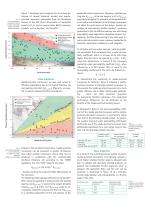
Fig. 7 Cone drop behaviour (according to EN ISO 134333) of thermally bonded and needle-punched nonwovens Thickness of geotextile nonwovens [mm] Ojmajt sin ef dropped cone [mm] Mess per unit arte (g/ra'J Filter properties Needle-punched nonwovens are also well suited to filtration applications due to the typical thickness (d) and opening size ratio (O90,w,select) (figure 8), as required in several national filtration calculations. Unique to the manufacturing process, needle-punched nonwovens can be produced in greater thicknesses than other bonded nonwovens. Hence they can be produced in...
Open the catalog to page 3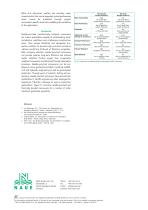
While this discussion typifies the interface shear characteristics that can be expected, actual performance levels should be predicted through project and product-specific shear tests modelling the conditions of the application. Conclusion Needle-punched (mechanically bonded) nonwovens are robust geotextiles capable of withstanding harsh installation conditions and challenging construction loads. Their unique flexibility and elongation properties combine to provide high puncture resistance without sacrificing frictional of filtration properties. When properly selected, needle-punched...
Open the catalog to page 4All NAUE catalogs and technical brochures
-
Secugrid® HS
4 Pages
-
Combigrid®
4 Pages
-
Secugrid® PET/PP
4 Pages
-
CARBOFOL® geomembranes
4 Pages
-
SECUTEX® Soft Rock
4 Pages
-
MINING and GEOSYNTHETICS
11 Pages
-
BENTOFIX® X
4 Pages
-
BENTOFIX®
4 Pages
-
LANDFILL Engineering
13 Pages
-
Civil engineering
32 Pages
-
Tunnel construction
16 Pages
-
NAUE_Renewable_wind_energy
8 Pages
-
Secugrid® PDF
3 Pages
-
Secudrain® PDF
2 Pages
-
Combigrid® PDF
2 Pages
-
Bentofix® PDF
3 Pages
-
Carbofol® PDF
3 Pages







